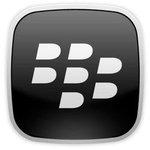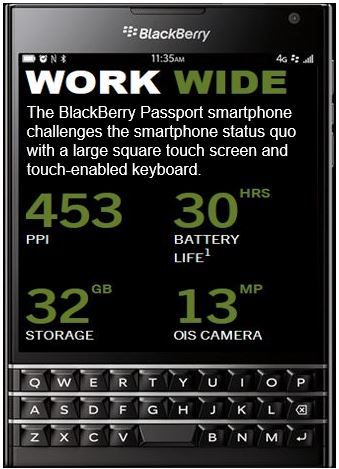On Friday, BlackBerry Ltd posted a second quarter fiscal 2015 net loss of $207 million, or 39 cents per share, compared to a net loss of $965 million or $1.84 per share in the same period last year, the first positive sign that its turnaround is starting to work.
However, revenue was much lower than investors had expected, underscoring the long drawn out challenge ahead for the Canadian telecommunication and wireless equipment company.
Revenue in the second quarter plunged by 42% to $916 million. Investors and analysts had been expecting revenue to come it at about $950 million.
Revenue was broken down as 46% for services, 46% for hardware, and 8% for software and others.
In the second quarter, 2.4 million smartphones were sold through to end customers.
BlackBerry’s cash position, at $3.1 billion, was just $11 million up on the previous quarter.
In September, BlackBerry launched a new smartphone – the BlackBerry Passport – aimed at professionals.
Executive Chairman and CEO, John Chen, said:
“We delivered a solid quarter against key operational metrics, and we are confident that we will achieve breakeven cash flow by the end of FY2015. Our workforce restructuring is now complete, and we are focusing on revenue growth with judicious investments to further our leadership position in enterprise mobility and security, driving us towards our non-GAAP profitability during FY2016.”
Since taking the helm in November 2013, Mr. Chen has been pursuing a major turnaround of the company. His main focus is to generate more profits from Blackberry’s mobile security business plus other software services.
On Wednesday, the company launched its new, square-shaped Passport smartphone, which unlike Apple’s new iPhone, is designed to meet the needs of professionals.
The Passport has a 4.5-inch screen, a physical keyboard which can also be used as a touch-sensitive swipe pad, a battery life of about 30 hours, a 13 MP OIS camera, and 32GB of storage space.
Professionals represent about 10% of the smartphone market.
Later this year, it will launch another mobile device, called the Classic.


